Articles > Geography
Know Serbia Largest Cities? Here are the top 25 to get you started.
1. Belgrade (Population: 1,197,714)
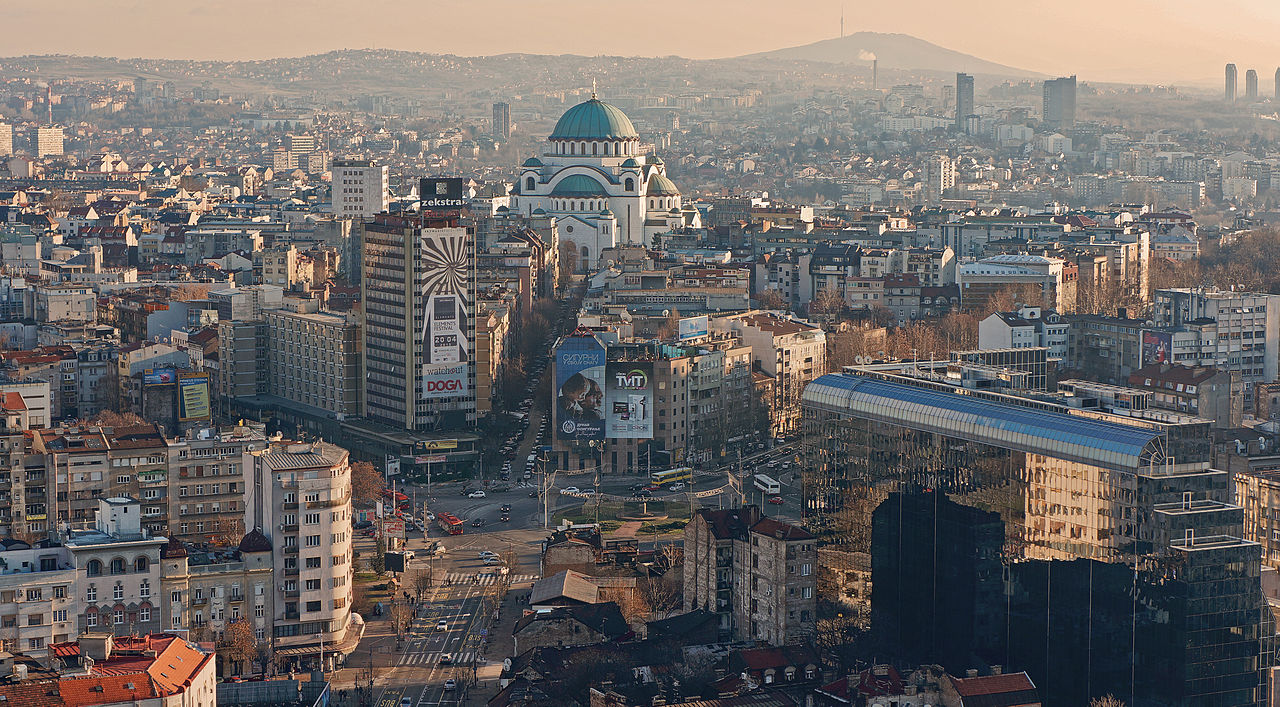
Belgrade, the capital and largest city of Serbia, is one of the oldest continually inhabited cities in Europe. Positioned at the confluence of the Sava and Danube rivers, it has a vibrant cultural life, historical fortresses, and a bustling nightlife. The Belgrade Fortress offers sweeping views, while the city’s blend of Ottoman, Austro-Hungarian, and modern influences reflects its layered history.
Interesting Fact:
Belgrade is over 7,000 years old and has been destroyed and rebuilt more than 40 times throughout history.
2. Novi Sad (Population: 260,438)
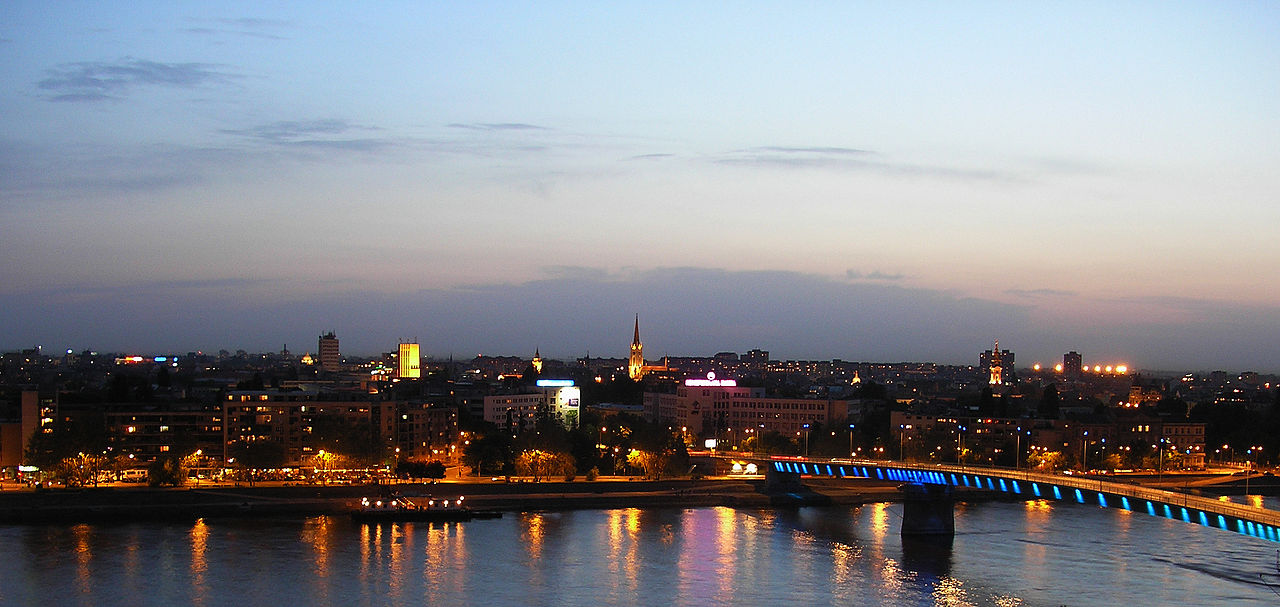
Novi Sad, located on the Danube, is Serbia’s second-largest city and the cultural heart of Vojvodina. Known for the Petrovaradin Fortress and its annual EXIT music festival, it blends youthful energy with historic charm. Novi Sad will be remembered as a European Capital of Culture, showcasing its thriving arts scene.
Interesting Fact:
The Petrovaradin Fortress is nicknamed the “Gibraltar of the Danube.”
3. Niš (Population: 178,976)
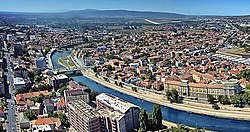
Niš, one of Europe’s oldest cities, has been a key strategic center since Roman times. It was the birthplace of Emperor Constantine the Great, who legalized Christianity in the Roman Empire. The city today is lively with universities, historic monuments, and a famous Skull Tower built by the Ottomans.
Interesting Fact:
The Skull Tower in Niš was constructed using the skulls of Serbian rebels after the 1809 uprising.
4. Kragujevac (Population: 146,315)
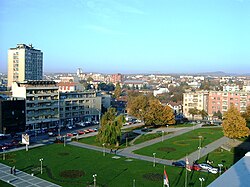
Kragujevac, located in central Serbia, was once the nation’s capital. It is historically significant as the site of Serbia’s first constitution in 1835. The city also became an industrial hub, especially with the establishment of the Zastava car factory.
Interesting Fact:
Kragujevac was Serbia’s first capital after independence from the Ottoman Empire.
5. Subotica (Population: 88,752)
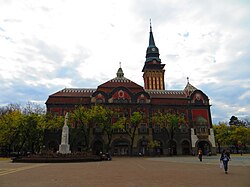
Subotica, close to the Hungarian border, is known for its art nouveau architecture and multicultural heritage. With Hungarian, Serbian, and Croat communities, it has a distinctive cultural character. The City Hall and Synagogue are architectural highlights.
Interesting Fact:
Subotica’s synagogue is one of the largest surviving synagogues in Central Europe.
6. Pančevo (Population: 73,401)
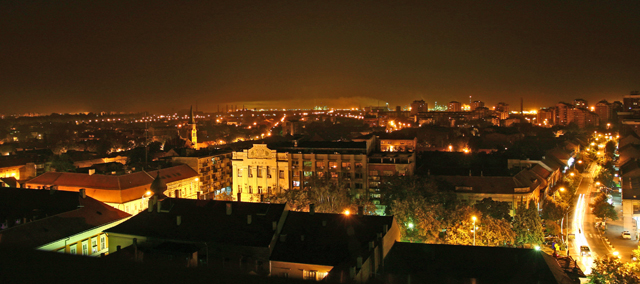
Pančevo, near Belgrade, is an important industrial and cultural center in Vojvodina. It has long been associated with oil refining and chemical industries. The city also has historical churches, parks, and a strong connection to the Danube.
Interesting Fact:
Pančevo has been a major industrial hub since the 19th century.
7. Novi Pazar (Population: 71,462)
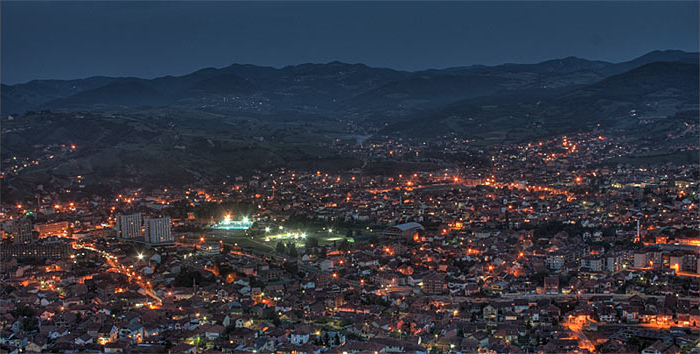
Novi Pazar, in southwestern Serbia, is notable for its Ottoman heritage and Muslim-majority population. The city has numerous mosques and cultural monuments, including the Stari Ras UNESCO site nearby.
Interesting Fact:
Novi Pazar is known for producing high-quality textiles, especially jeans.
8. Čačak (Population: 69,598)
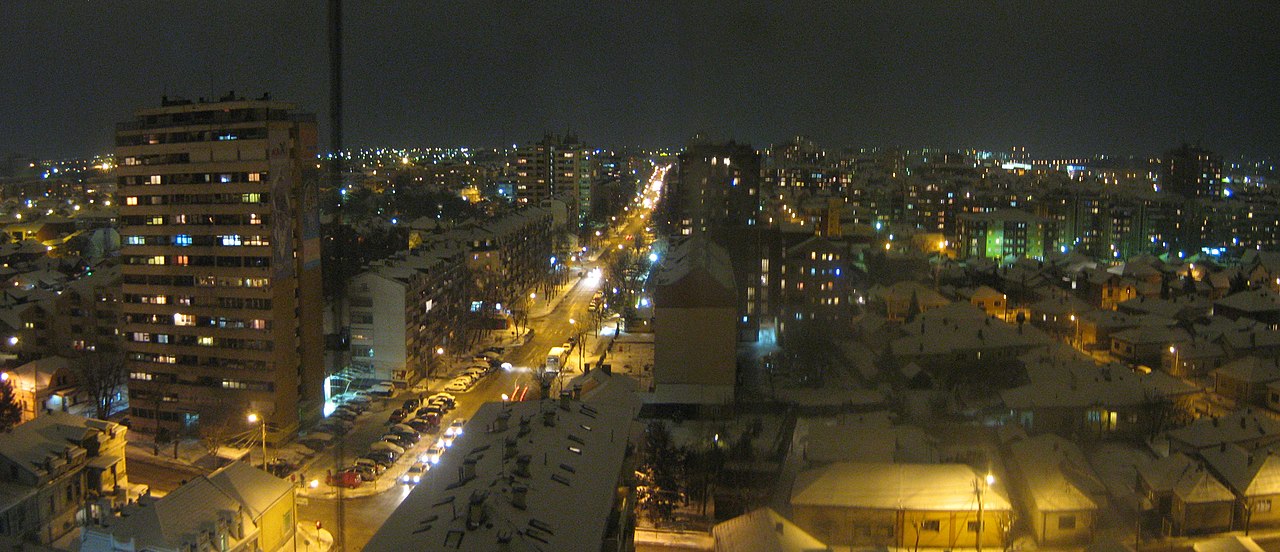
Čačak, situated in central Serbia, is surrounded by mountains and spa resorts. It has a vibrant industrial base and cultural heritage, with monasteries dating back to the Middle Ages nearby.
Interesting Fact:
Čačak is located close to Ovčar-Kablar Gorge, famous for its many medieval monasteries.
9. Zrenjanin (Population: 67,129)
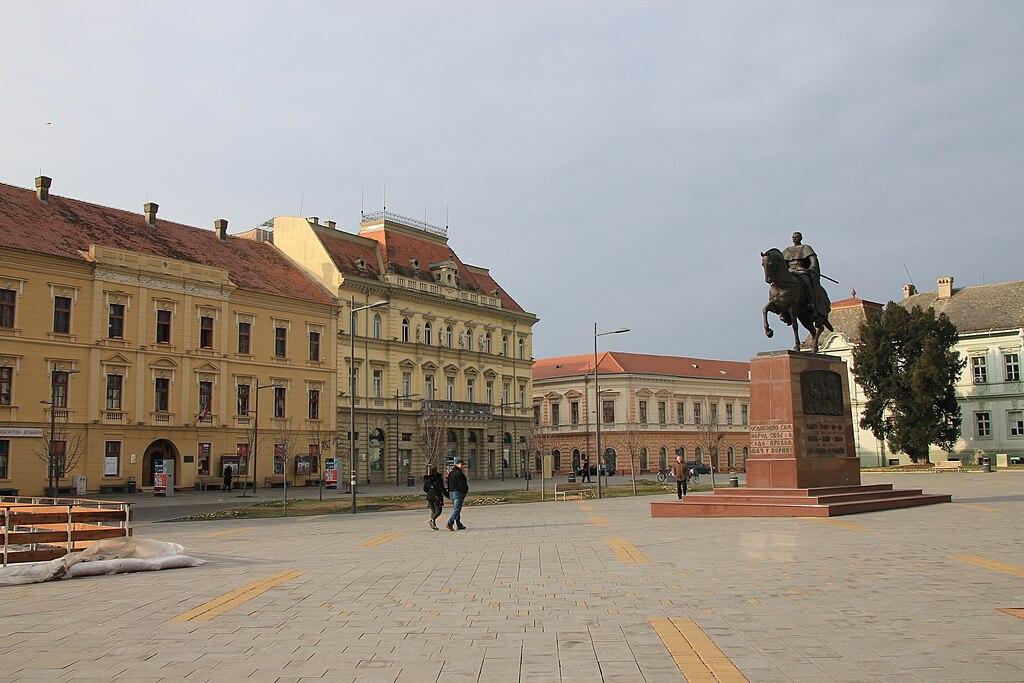
Zrenjanin, in Vojvodina, is one of Serbia’s largest agricultural and industrial centers. It has a diverse cultural life shaped by its Hungarian, Romanian, and Serbian influences. The city’s architecture reflects its Austro-Hungarian heritage.
Interesting Fact:
Zrenjanin was historically known as “Bečkerek” until 1946.
10. Smederevo (Population: 59,261)
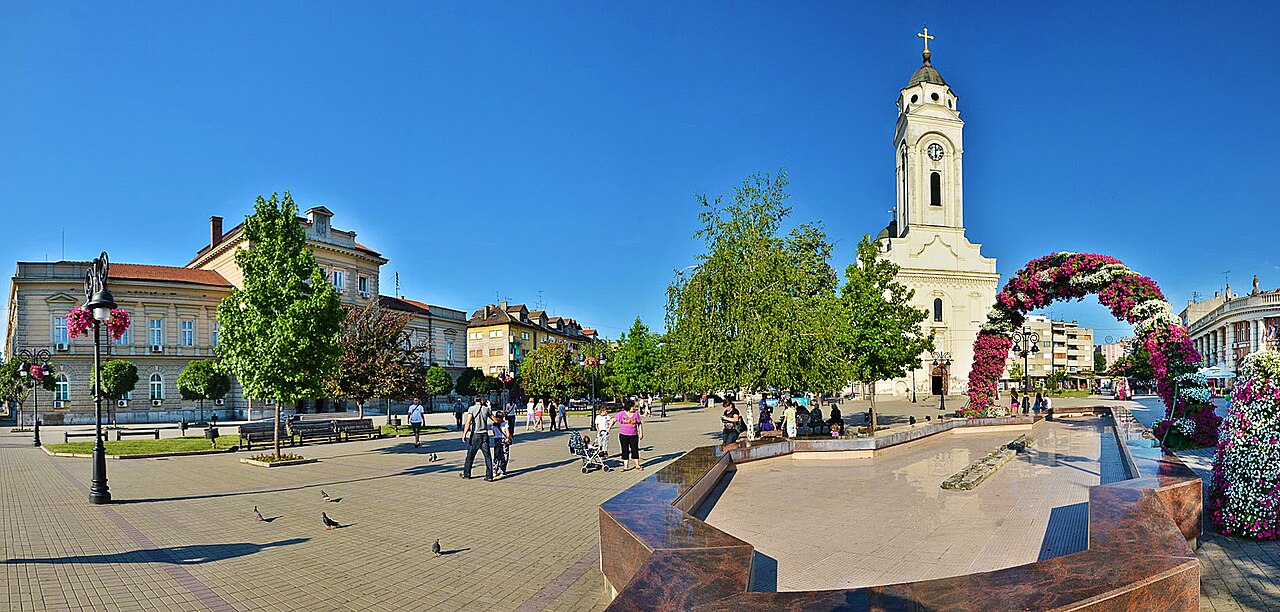
Smederevo, located on the Danube, is famous for its massive medieval fortress, once the capital of Serbia in the 15th century. Today, it is also an industrial city with a major steel plant.
Interesting Fact:
Smederevo Fortress is one of the largest medieval fortresses in Europe.
11. Kraljevo (Population: 57,432)
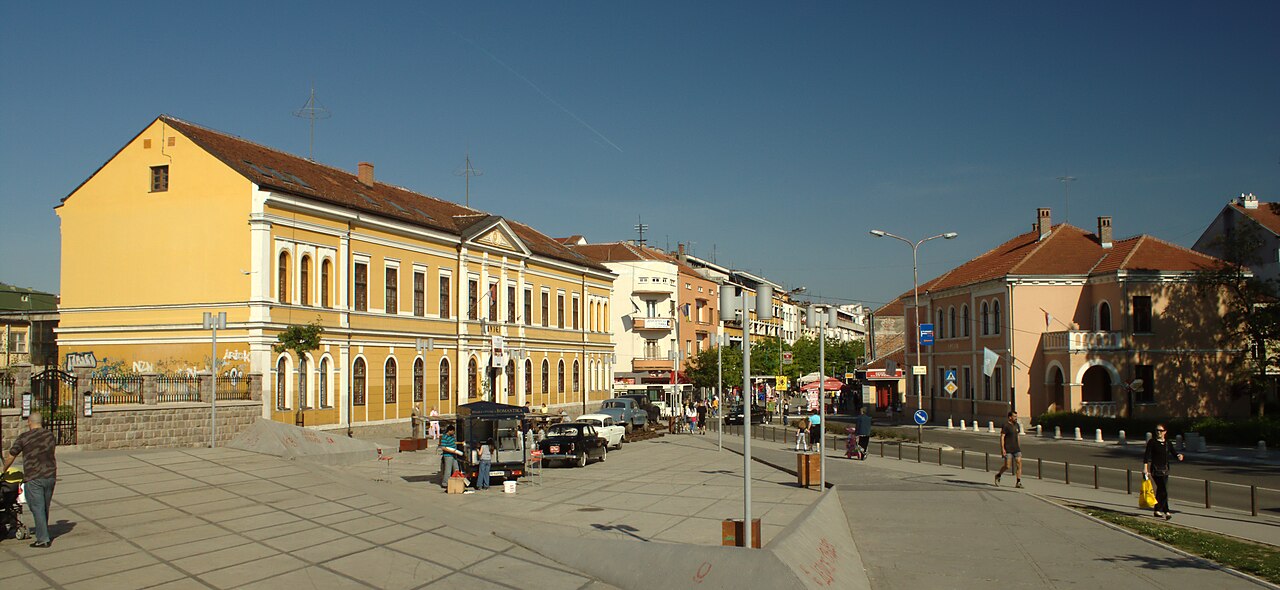
Kraljevo, whose name means “King’s Town,” is historically tied to Serbian royalty. It is located near medieval monasteries and important cultural landmarks. Modern Kraljevo is also a hub for trade and manufacturing.
Interesting Fact:
Kraljevo got its name because seven Serbian kings were crowned nearby.
12. Valjevo (Population: 56,059)
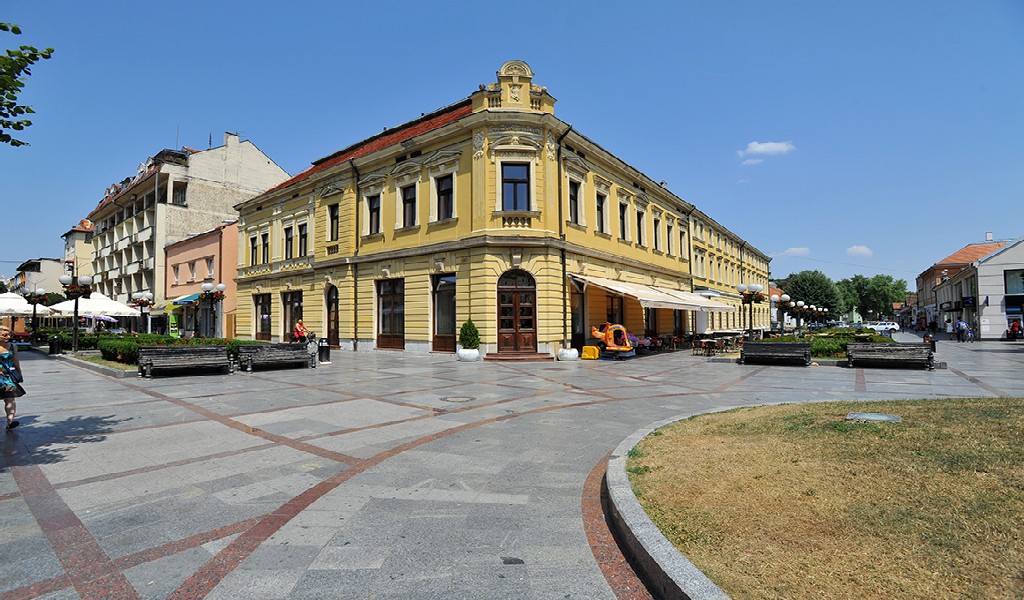
Valjevo, located in western Serbia, is known for its scenic surroundings, historic sites, and role in the First Serbian Uprising. It is also an educational and cultural center with growing tourism appeal.
Interesting Fact:
During the 1804 uprising, Valjevo played a crucial role as a Serbian revolutionary stronghold.
13. Leskovac (Population: 54,091)
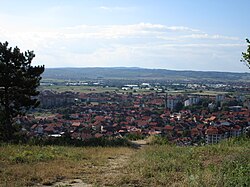
Leskovac, in southern Serbia, is famous for its culinary tradition, especially the annual barbecue festival. Historically, it was a textile center, earning the nickname “Serbian Manchester.”
Interesting Fact:
Leskovac hosts one of the largest barbecue festivals in the Balkans.
14. Kruševac (Population: 53,746)
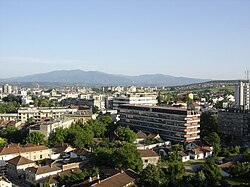
Kruševac, once the medieval capital of Serbia under Prince Lazar, is steeped in history. Monuments and ruins from this era remain, alongside a modern industrial base.
Interesting Fact:
Kruševac was the capital of Serbia in the 14th century.
15. Borča (Population: 51,862)
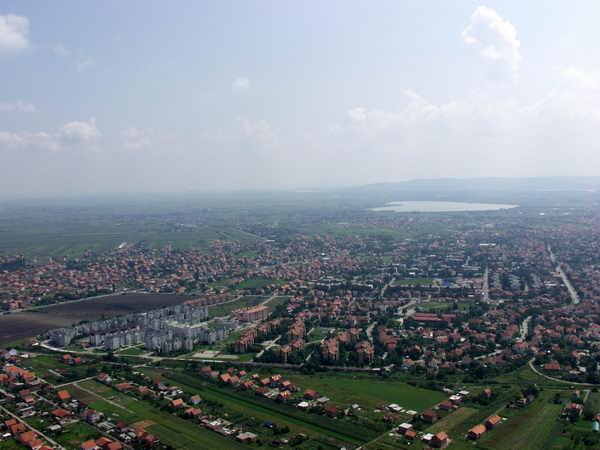
Borča, part of the Belgrade metropolitan area, is a fast-growing suburb on the left bank of the Danube. It has transformed from a rural settlement into a key urban district.
Interesting Fact:
Borča is sometimes called “Little Venice” due to its marshy terrain and canals.
16. Šabac (Population: 51,163)
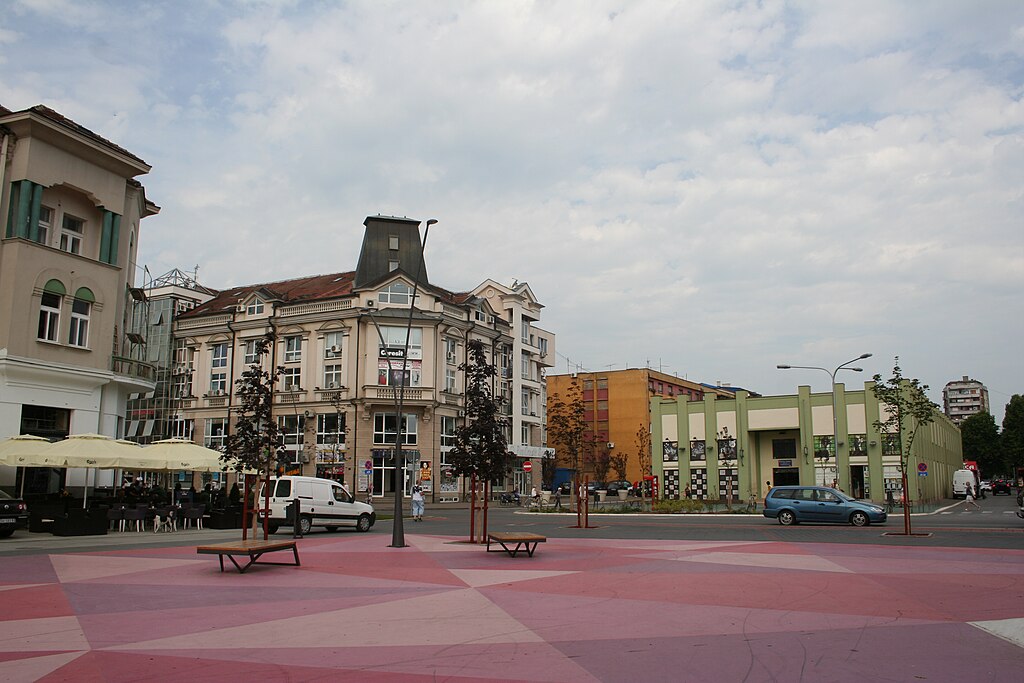
Šabac, located on the Sava River, is known for its cultural life, trade, and history as a frontier town. It played a major role in Serbia’s 19th-century uprisings.
Interesting Fact:
Šabac was one of the first Serbian cities to introduce modern schooling in the 19th century.
17. Vranje (Population: 50,954)
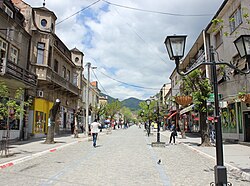
Vranje, in southern Serbia, has a rich Ottoman heritage and is known for its music and literature. The city is surrounded by mountains and mineral springs, adding to its charm.
Interesting Fact:
The works of Serbian writer Bora Stanković immortalized Vranje’s culture and traditions.
18. Užice (Population: 48,539)
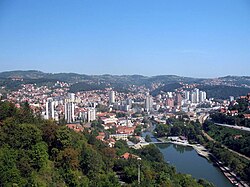
Užice, set in western Serbia, is nestled among mountains and rivers. It played an important role in World War II as the center of the short-lived “Užice Republic.” Today, it’s an industrial and cultural hub.
Interesting Fact:
In 1941, Užice was briefly the capital of liberated Yugoslav territory.
19. Požarevac (Population: 42,530)
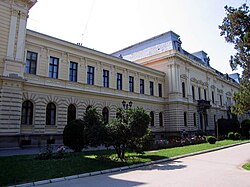
Požarevac, in eastern Serbia, is historically significant as the site of the Treaty of Požarevac in 1718 between Austria, Venice, and the Ottoman Empire. It is also a modern cultural and administrative hub.
Interesting Fact:
Požarevac is the hometown of former Yugoslav president Slobodan Milošević.
20. Sombor (Population: 41,814)
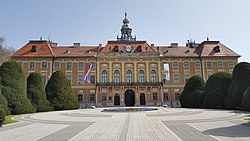
Sombor, in Vojvodina, is known for its greenery and baroque architecture. The city has a calm, elegant atmosphere with cultural institutions and historic buildings.
Interesting Fact:
Sombor is famous for its tree-lined boulevards and is one of Serbia’s greenest cities.
21. Sremska Mitrovica (Population: 36,764)

Sremska Mitrovica, on the Sava River, was once the Roman city of Sirmium, one of the empire’s capitals. Today, it blends modern life with archaeological sites.
Interesting Fact:
At least 10 Roman emperors were born in or near Sirmium (Sremska Mitrovica).
22. Pirot (Population: 34,942)
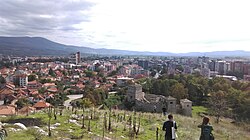
Pirot, in southeastern Serbia, is renowned for its traditional crafts, especially the famous Pirot carpets. The city is also surrounded by mountains and rich natural landscapes.
Interesting Fact:
Pirot’s woven carpets are UNESCO-protected as intangible cultural heritage.
23. Jagodina (Population: 34,892)
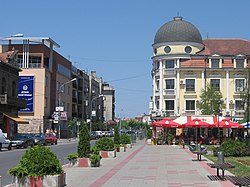
Jagodina, in central Serbia, is a rapidly developing city with growing industries and tourism. It features a modern aqua park, museums, and cultural events.
Interesting Fact:
The name Jagodina comes from the Serbian word for “strawberry.”
24. Zaječar (Population: 32,448)
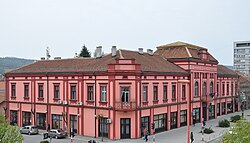
Zaječar, near the Bulgarian border, is rich in Roman history. The Gamzigrad-Romuliana archaeological site, a UNESCO World Heritage Site, is nearby.
Interesting Fact:
The Roman emperor Galerius built his imperial palace at Gamzigrad, near Zaječar.
25. Kikinda (Population: 32,084)

Kikinda, in Vojvodina, is a cultural and industrial center with Austro-Hungarian architectural influence. It is also famous for its clay deposits and traditional pottery.
Interesting Fact:
Kikinda is home to one of the best-preserved woolly mammoth skeletons in Europe.




